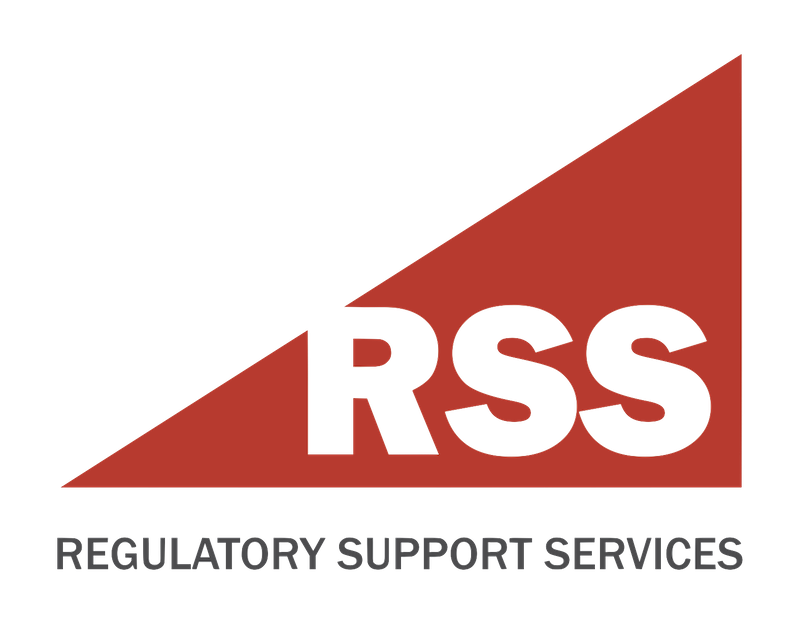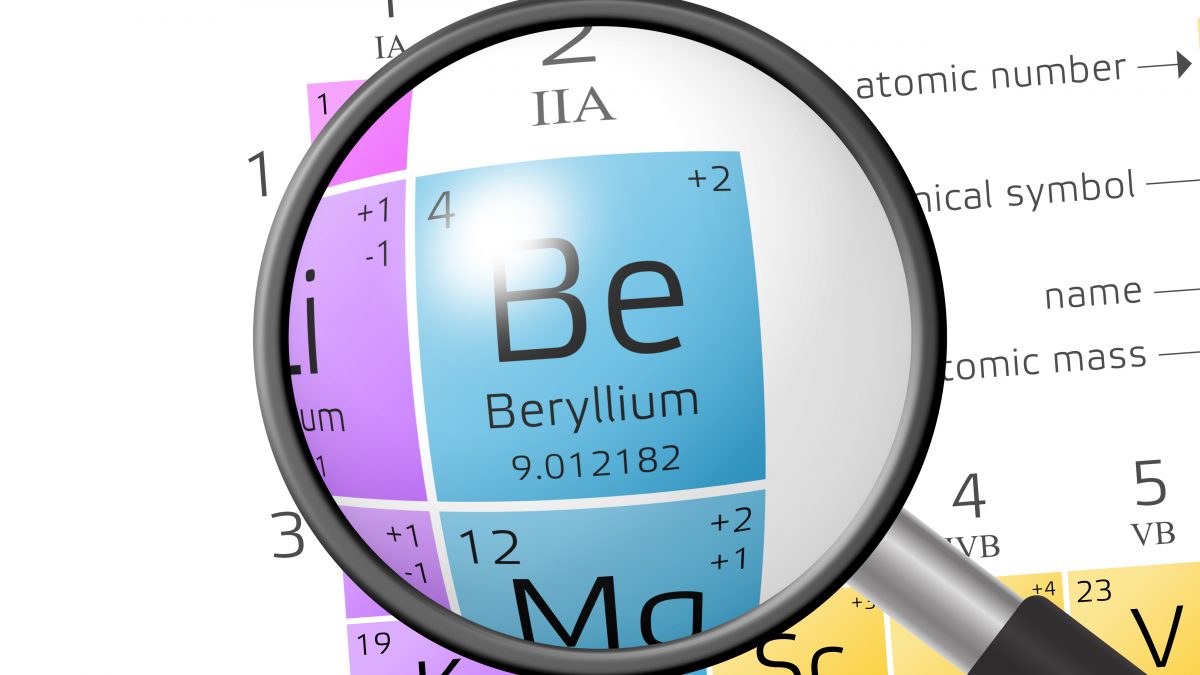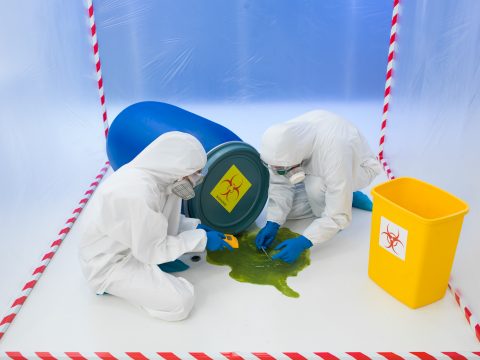- Have any questions?
- 804-784-7347
- mail@regulatorysupportservices.com
Guarding Employees from Beryllium Hazards: New Guidance from OSHA

DOL Sends COVID-19 Emergency Temporary Standard for Review
May 14, 2021
OSHA Issues COVID-19 Healthcare Emergency Temporary Standard
June 17, 2021New guidance from OSHA geared toward protecting dental technicians, dental lab workers and those working with beryllium in your business has just been released. The Beryllium General Industry Small Entity Compliance Guide was released this month. The guidance is provided to help employers comply with the updated beryllium standard for general industry which became effective September 14, 2020. OSHA beryllium standards for general industry require employers to implement protective measures for workers who are exposed to beryllium in their workplace.
Beryllium is used in the dental industry to make crowns, bridges and dental plates which contain beryllium alloys. It is used in many other industries as well, for example, the electronics and telecommunications industries. Workers in industries where beryllium is present may be exposed to beryllium by inhaling or contacting beryllium in the air or on surfaces. These workers are at an increased risk for health issues. Inhaling or contacting beryllium can cause an immune response that results in an individual becoming sensitized to beryllium. Individuals with beryllium sensitization are at risk for developing a debilitating disease of the lungs called chronic beryllium disease (CBD) if they inhale airborne beryllium after becoming sensitized, or worse it can cause lung cancer.
The Beryllium standard applies to all occupational exposures to beryllium in all forms, compounds, and mixtures in general industry with a few exemptions. The guidance does not replace the Beryllium standard for general industry, which can be found at 29 CFR § 1910.1024.1 . You, as an employer, must refer to the standard to ensure that your business is in compliance with all of OSHA’s beryllium requirements. In addition, you must remain mindful that the “General Duty Clause” requires employers to provide their employees with a workplace free from recognized hazards likely to cause death or serious physical harm.
The guidance covers a broad spectrum of topics and provides employers with an outline of the specifics which must be addressed within those topics to comply with the Beryllium standard. It does not replace the Beryllium standard for general industry. However, it does provide detailed information about how to comply with the standard. All employers covered by the standard must develop and implement a written exposure control plan.
Importantly, The Beryllium General Industry Small Entity Compliance Guide sets forth what the Beryllium standard applies to and what it does not. The guidance outlines how to fulfill an employer’s responsibility to notify employees who are potentially exposed to beryllium. Employers must train and inform employees covered by the standard about beryllium hazards and the methods the employer uses to limit their exposures to those hazards. Employers must also cover the cost of training and must pay employees for the time spent in training.
The guidance also includes information which helps the employer meet the requirement to make and keep accurate records of air monitoring data and objective data used to assess employee exposures to beryllium under the standard, as well as records of medical surveillance and training. Additionally, OSHA has provided a related guide: Guidance on Medical Surveillance for Beryllium Exposed Workers (osha.gov) . This guidance is designed to optimize worker health using health data. Medical surveillance programs assist in identifying potential problem areas and verifying the effectiveness of existing control and prevention programs.
Addressing the formulas for establishing the permissible exposure limit (PEL); the 8-hour time weighted average (TWA); and, a short-term exposure limit (STEL) required by the standard, the guidance provides information to help the employer assess those limits as well as a description of what type of “objective data” is necessary to be maintained to demonstrate compliance with the standard.
Employers in general industry are regulated by OSHA’s general industry standards, directives, and standard interpretations. Remember that the guidance provided by OSHA is not a standard or regulation, and it creates no new legal obligations. It contains recommendations as well as descriptions of mandatory safety and health standards. The recommendations are advisory in nature, informational in content, and are intended to assist employers in providing a safe and healthful workplace.
Regulatory Support Services offers a comprehensive Beryllium Safety Policy and Exposure Control Plan. We have done the work for you so you can spend your time with your clients and patients. This policy and procedure manual covers all aspects of business operational compliance relating to Beryllium Safety. You will find:
- Instructions
- health hazard information
- current permissible control limits
- exposure monitoring
- employee training
- forms and sample letters
- best practices recommendations and much more.
Contact us to obtain your copy. You may contact us at mail@regulatorysupportservices.com for more information.




